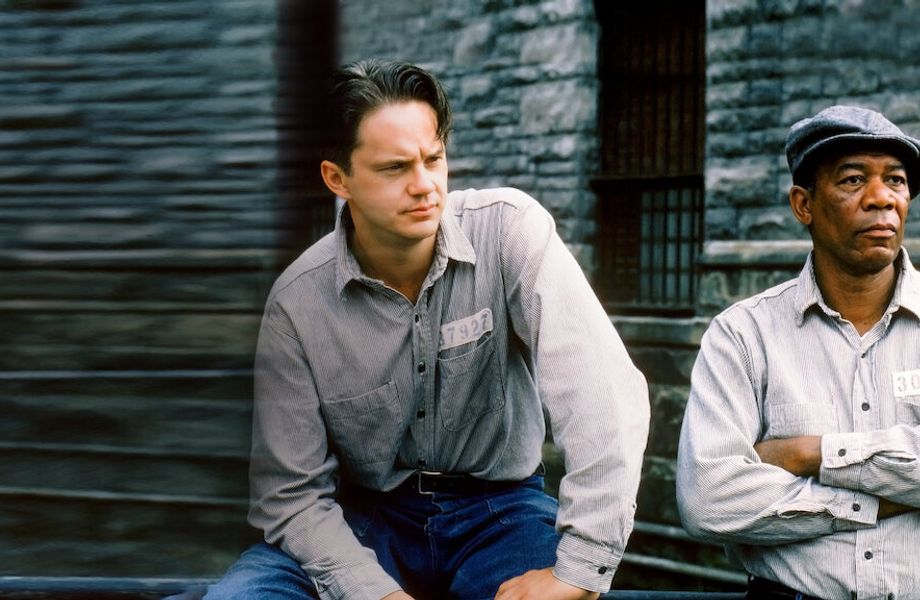
Why does ‘The Shawshank Redemption’ feel more hopeful than it should?
Everyone has a film they turn to when life feels heavy. For many, The Shawshank Redemption is that film. A quiet, measured story of injustice, friendship, and freedom, it plays like a slow exhale. This timeless masterpiece is comforting without being sweet and serious without ever dragging. You finish it with a full heart and a strange sense of calm.
But it is time to look again at it. And there is a high chance that something begins to feel off. Not wrong, exactly. Just softer than it should be. For a film that spends so much time behind bars, Shawshank never really wants you to feel stuck. It gives you pain, but not enough to unsettle. It shows you cruelty, but only the kind that eventually gets punished. Even the years, well decades really, seem to pass like plot points. The characters age, but rarely fracture. Basically, the intricacies are missing.
Our protagonist, Andy Dufresne, is a huge part of that softness. He has a thoughtful and calm persona in almost every scene. He is the kind of protagonist who inspires people. But that is also the thing: he feels more like a symbol than a man. Through beatings, loss, and solitary confinement, his inner world never seems to shift. He is clever and a little mysterious, but also somehow untouchable. That works perfectly for the arc. But it makes the experience of prison feel distant, almost poetic.
Then there is Red. Arguably, the emotional anchor of The Shawshank Redemption. His voiceover is one of the most loved parts, and Morgan Freeman delivers it with quiet power. But his journey, too, feels unusually smooth. We never see him rage. We never see him break. He regrets it for sure and observes too. His character is trying to find hope again. All of it is moving, but none of it is messy. His transformation is almost too clean.
The system around them is brutal but strangely predictable. The guards are violent, and the warden is corrupt. And the justice system fails the innocent, which obviously is not a surprise. All of that being true, but in The Shawshank Redemption, it seems like everything moves toward a satisfying resolution, and it does, too, in all fairness. The villains are punished, and the good men get out. That is rare in stories like this and even rarer in real life.
Which is where the unease comes in. The film is supposed to be about injustice. But it never lets injustice sit too long. There is always a light at the end of the tunnel, and in this case, literally. Every dark moment leads to something better. Even loss is used as a setup for redemption. That definitely gives the story structure, but it also makes the pain feel tidy.
The ending, of course, is famous. The postcard, the ocean, and that beautiful last shot on the beach all seem perfect. Too perfect, maybe. The years and years of pain just melt away, just like that. And what is left is something more dreamlike than real. That is not a flaw. But it is a choice. And it is worth noticing.
The film is and will be a classic masterpiece for decades. The story is perfect, and the makers have tried to show viewers as much as possible in the span of two and a half hours. But once the film is over, a viewer has to make sure to come back to reality.
In real life, people like Andy do not always get justice. Systems do not collapse on cue. Friendships do not survive everything. The Shawshank Redemption is aware of all this and still chooses to give its characters peace. It wants you to believe in something better. And that belief is what keeps people coming back for.
But that belief is also why it feels more hopeful than it probably should.